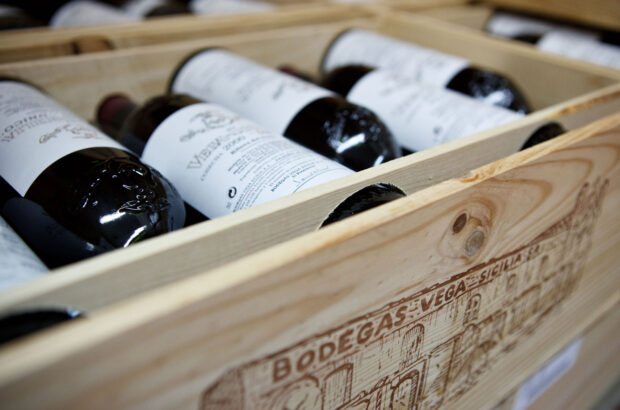With Christmas fast approaching it's time to start thinking about festive fortifieds. See the top scoring Tawny Ports from our recent panel tasting...
These wines are the top scorers (94 and above) in our recent Tawny Port panel tasting, in the January issue of Decanter magazine. See the full tasting here.
Top 11 tawny Ports
A new trend for tawny Port
There has long been a stark division between tawny and vintage Port, with the so-called ‘British houses’ majoring on vintage while the ‘Portuguese houses’ made a speciality of wood Port, meaning the tawnies and colheitas that are aged for extended periods in wood before bottling.
‘We always had strong sales in markets such as Brazil, Belgium, Denmark, Switzerland and Portugal, where aged tawnies have long been considered to be among the finest styles of Port,’ said Jim Reader, Port consultant at Dalva.
With the growing appreciation of tawny Port in English-speaking markets, that division is breaking down. All the main shippers have been building their stocks of wood Port.
Graham’s and Taylor’s have even begun to launch their own colheitas – single-year, aged tawny Ports – entering into an area that was once the near-exclusive preserve of the Portuguese-owned shippers. And this year the once rather obscure colheita style has gone mainstream in the UK, with a listing for Kopke 1996 in Marks & Spencer







